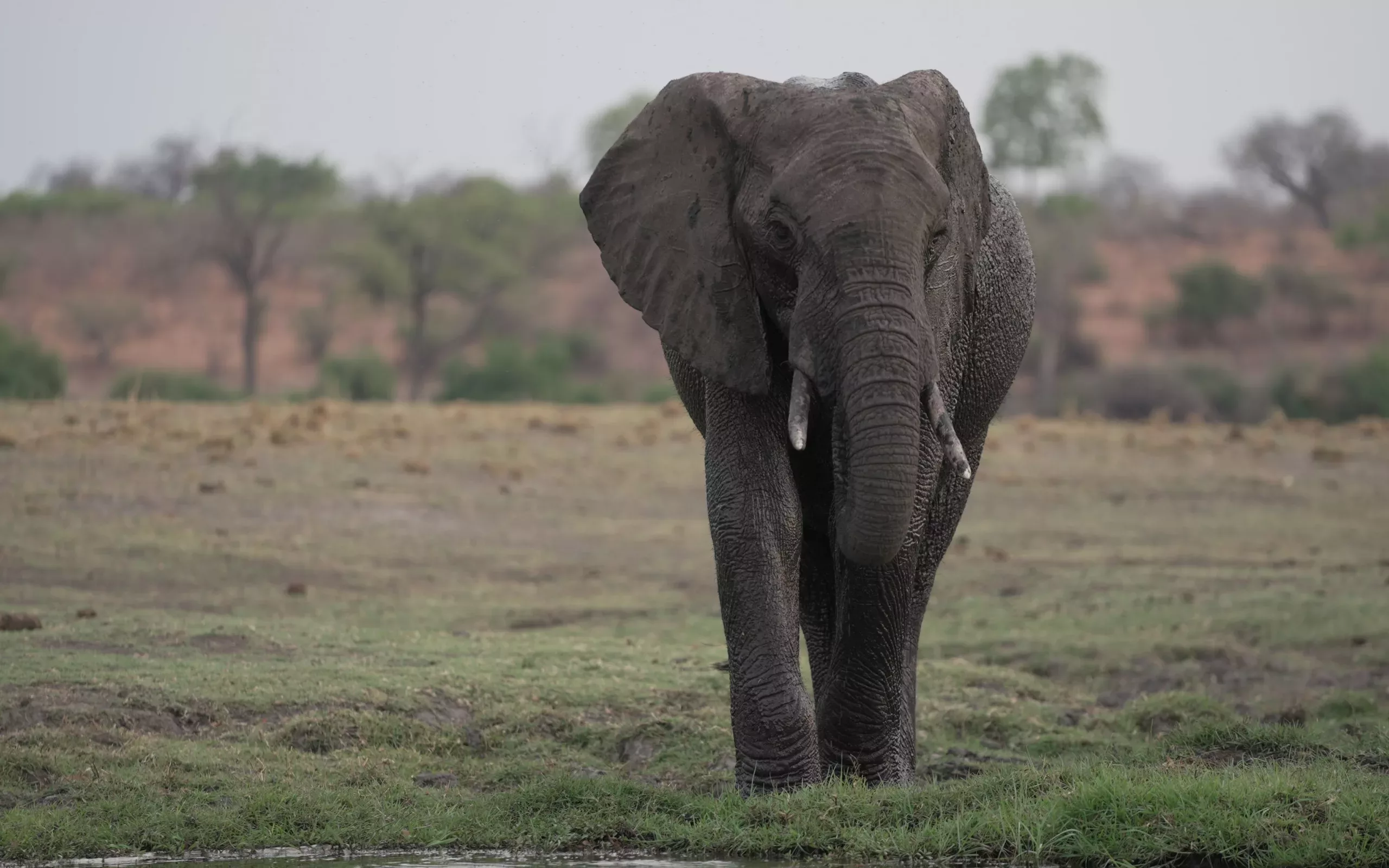Botswana's Elephant Overpopulation: A Foreign Correspondent's Report
Botswana, renowned for its stunning landscapes and abundant wildlife, faces a unique challenge: an overpopulation of elephants. This isn't simply a matter of heartwarming images of herds roaming freely; it's a complex conservation issue with significant implications for the country's environment, economy, and communities. This report delves into the intricacies of this situation, exploring the contributing factors and potential solutions.
The Elephant's Dilemma: A Population Boom
Botswana boasts the largest elephant population in Africa, estimated at over 130,000. While this might seem like a conservation success story, the sheer number is creating significant strain on the ecosystem. The current population density is far exceeding the carrying capacity of certain areas, leading to:
- Habitat Degradation: Overgrazing leads to depleted vegetation, impacting other species and potentially causing desertification. The loss of biodiversity is a significant concern.
- Human-Wildlife Conflict: Elephants venturing into human settlements in search of food and water result in crop raiding, property damage, and, tragically, human fatalities. This fuels resentment among local communities who often bear the brunt of the damage without adequate compensation.
- Economic Impact: While ecotourism thrives on elephant sightings, the damage caused by overpopulation can negatively impact agricultural production and infrastructure, counteracting the benefits of tourism.
Understanding the Roots of the Problem:
Several factors contribute to Botswana's elephant overpopulation:
- Successful Conservation Efforts: Botswana's strict anti-poaching measures and effective conservation policies have resulted in a dramatic increase in elephant numbers. This is a testament to their dedication to wildlife protection, but success has also created a new set of challenges.
- Limited Natural Predators: The near absence of natural predators for adult elephants allows populations to grow unchecked.
- Climate Change: Shifting rainfall patterns and drought conditions can concentrate elephants in smaller areas, exacerbating habitat degradation and human-wildlife conflict.
Finding Sustainable Solutions: A Multi-pronged Approach
Addressing this intricate problem requires a multifaceted approach:
- Translocation: Relocating elephants to less populated areas within Botswana or, with careful planning and international collaboration, to other suitable habitats. This needs careful consideration of the environmental impact and potential risks to the elephants themselves.
- Community-Based Conservation: Empowering local communities through education, compensation schemes for crop damage, and collaborative management of resources can help mitigate human-wildlife conflict and foster a sense of shared responsibility for conservation.
- Sustainable Tourism Management: Promoting responsible tourism practices that minimize environmental impact and ensure that local communities benefit directly from elephant-related activities.
- Scientific Research: Continued research is vital to understand elephant behavior, population dynamics, and the ecological impact of high elephant density. This informed approach is crucial for effective management.
- Culling Debate: While controversial, some argue that culling is a necessary last resort to control population numbers in specific areas. This remains a highly sensitive and debated topic, requiring careful consideration of ethical and ecological implications.
Looking Ahead: A Balancing Act
Botswana's elephant overpopulation presents a complex conservation challenge. Finding a sustainable solution requires a nuanced understanding of the ecological, economic, and social dimensions of the problem. Balancing the need for conservation with the well-being of both elephants and human communities is crucial. Continued dialogue, collaborative efforts, and adaptive management strategies will be essential to navigating this delicate balance and ensuring the long-term health of Botswana's ecosystems and its people.
Further Reading:
- [Link to a relevant academic article on elephant population dynamics]
- [Link to a report from a conservation organization working in Botswana]
Call to Action: Learn more about the challenges facing Botswana’s wildlife and consider supporting organizations working on conservation and community development initiatives in the country. Your engagement makes a difference.

